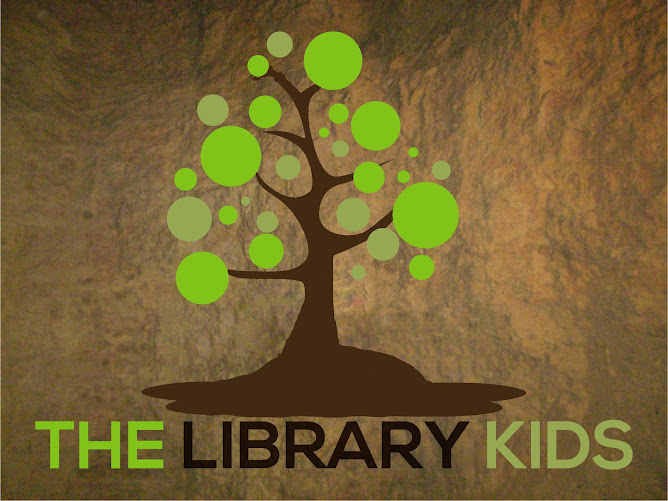There are many places said to be the burial grounds for ancient gods/goddesses and giants. Zeus is said to be buried in a cave on Crete. Apollo is said to be buried at Delphi. A giant's grave exists in Israel. Many of the Native American mounds are said to have contained the bones of giants. And the sidhes of Ireland are said to be the graves of giants. According to wikipedia:
Euhemerus argued that Zeus was a mortal king who died on Crete, and that his tomb could still be found there with the inscription bearing his name. This claim however did not originate with Euhemerus, as the general sentiment of Crete during the time of Epimenides of Knossos (c. 600 BC) was that Zeus was buried somewhere in Crete. For this reason, the Cretans were often considered atheists, and Epimenides called them all liars (see Epimenides paradox). Callimachus, an opponent of Euhemerus' views on mythology argued that Zeus' Cretan tomb was fabricated, and that he was eternal:
“ Cretans always lie. For the Cretans even built a tomb,
Lord, for you. But you did not die, for you are eternal.”
A later Latin scholia on the Hymns of Callimachus, attempted to account for the tomb of Zeus. According to the scholia, the original tomb inscription read: "the tomb Minos, the son of Jupiter" but overtime the words "Minos, the son" wore away only leaving "the tomb of Jupiter", which had misled the Cretans into thinking that Zeus had died and was buried there.
Influenced by Euhemerus, Porphyry in the 3rd century AD claimed that Pythagoras had discovered the tomb of Zeus on Crete and written on the tomb's surface an inscription reading "Here died and was buried Zan, whom they call Zeus". Varro also wrote about the tomb of Zeus, but few accounts could agree of its precise location on Crete.
Giant people have been part of history for a long time as well as the Little people.
Sources:
http://en.wikipedia.org/wiki/Euhemerus
http://www.pantheon.org/articles/s/sidhe.html
http://en.wikipedia.org/wiki/Delphi
http://en.wikipedia.org/wiki/File:Temple_of_Apollo_at_Delphi_from_below_with_ivy.JPG



















